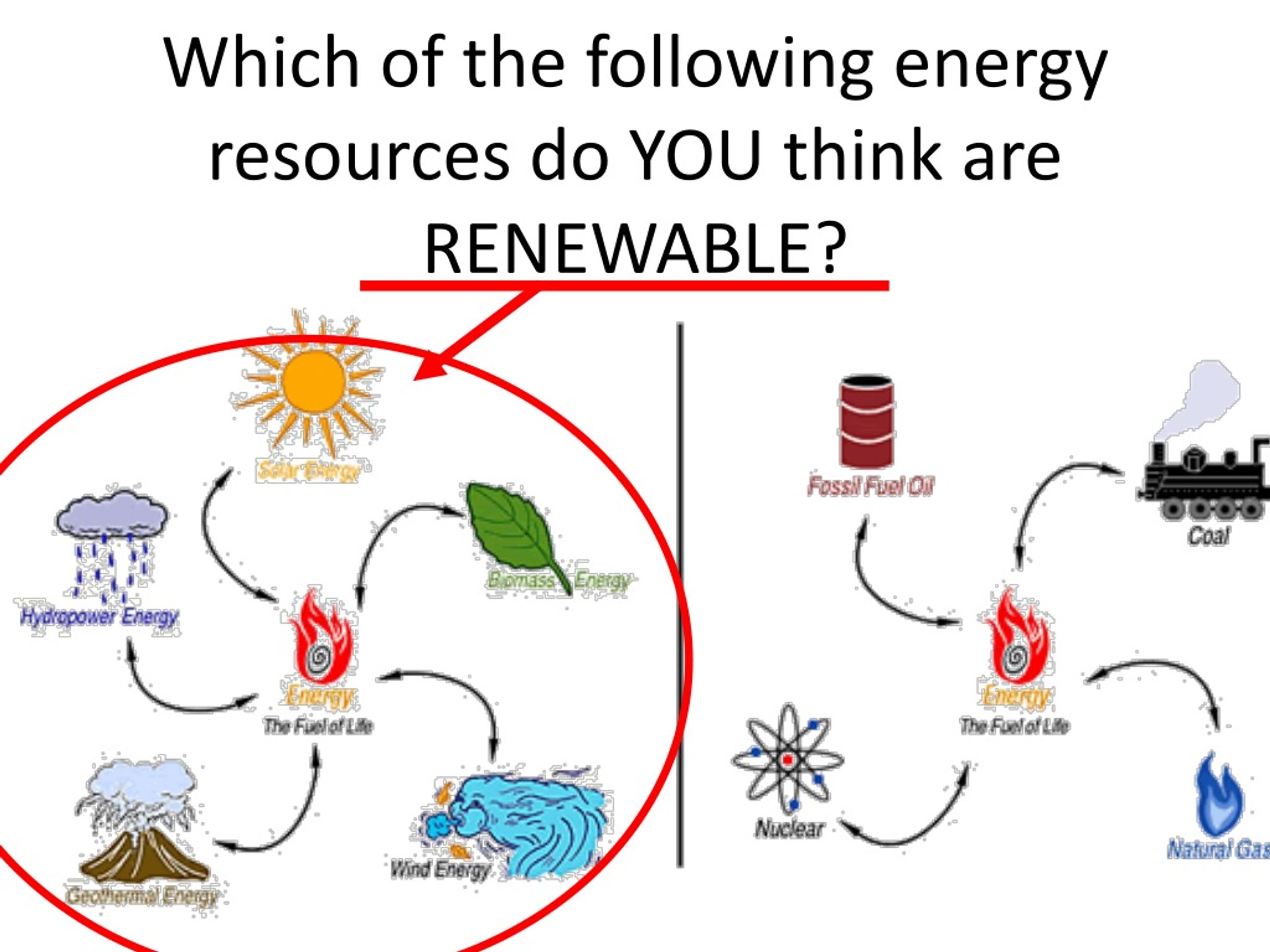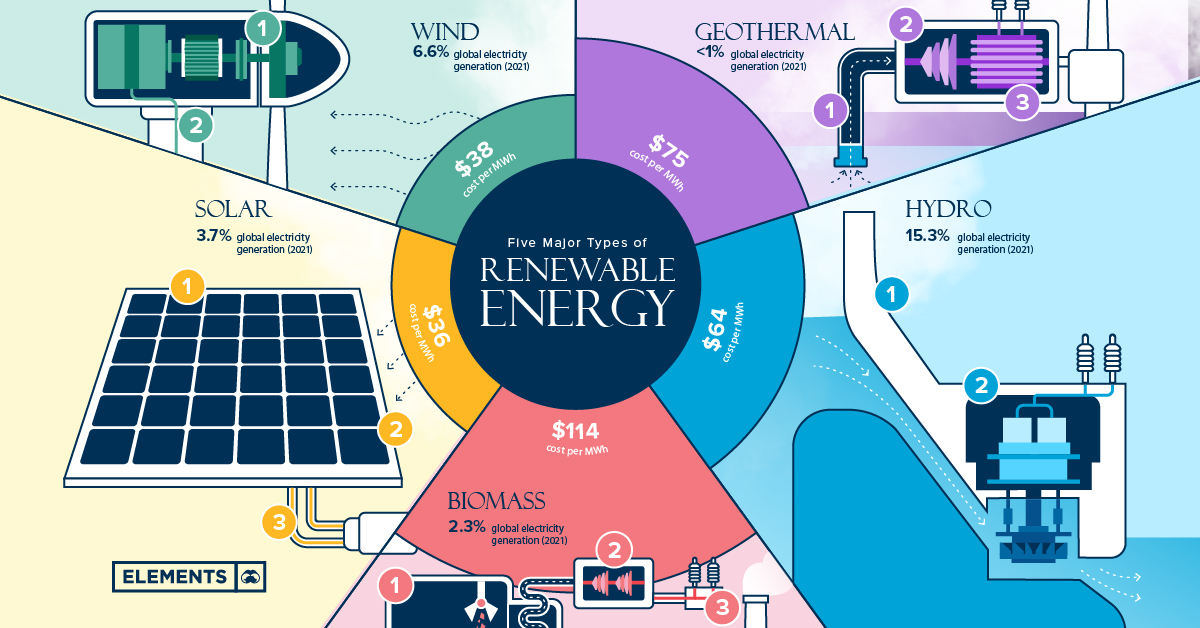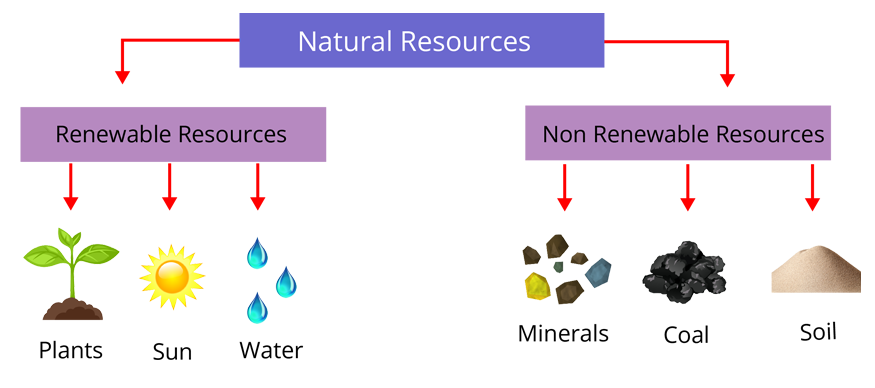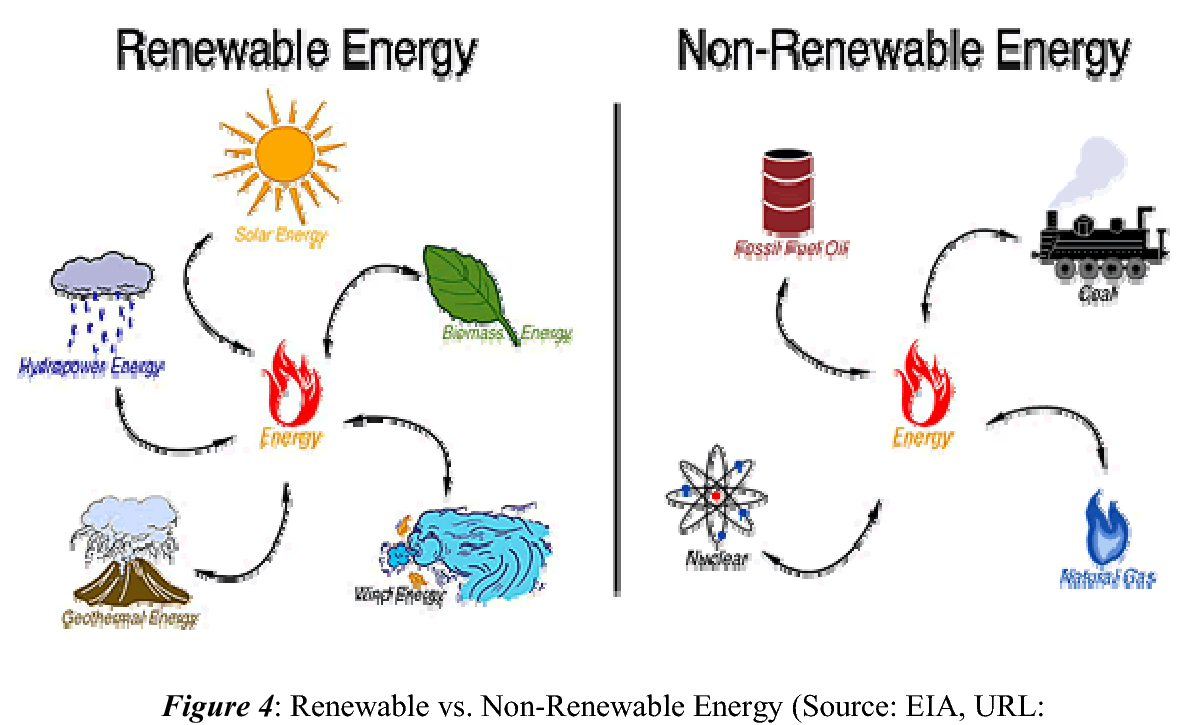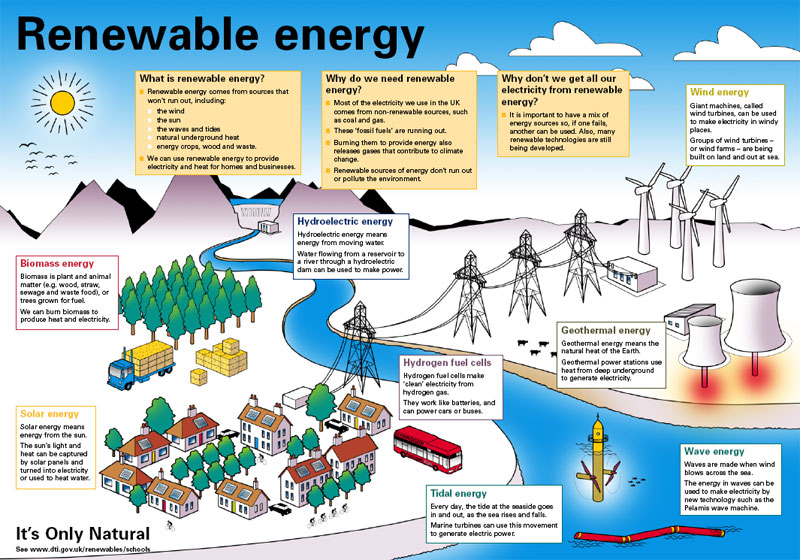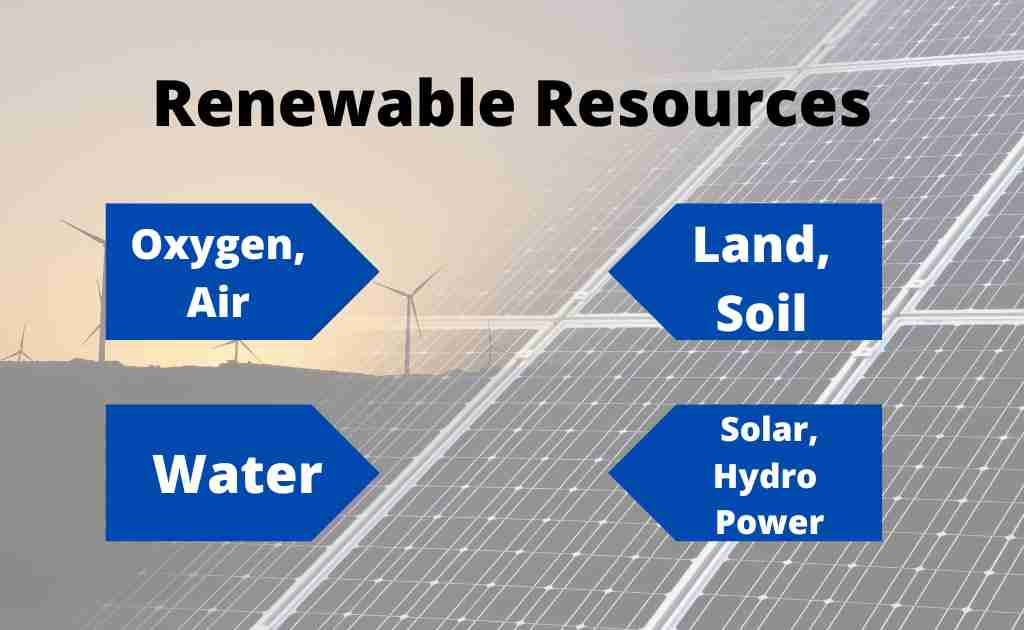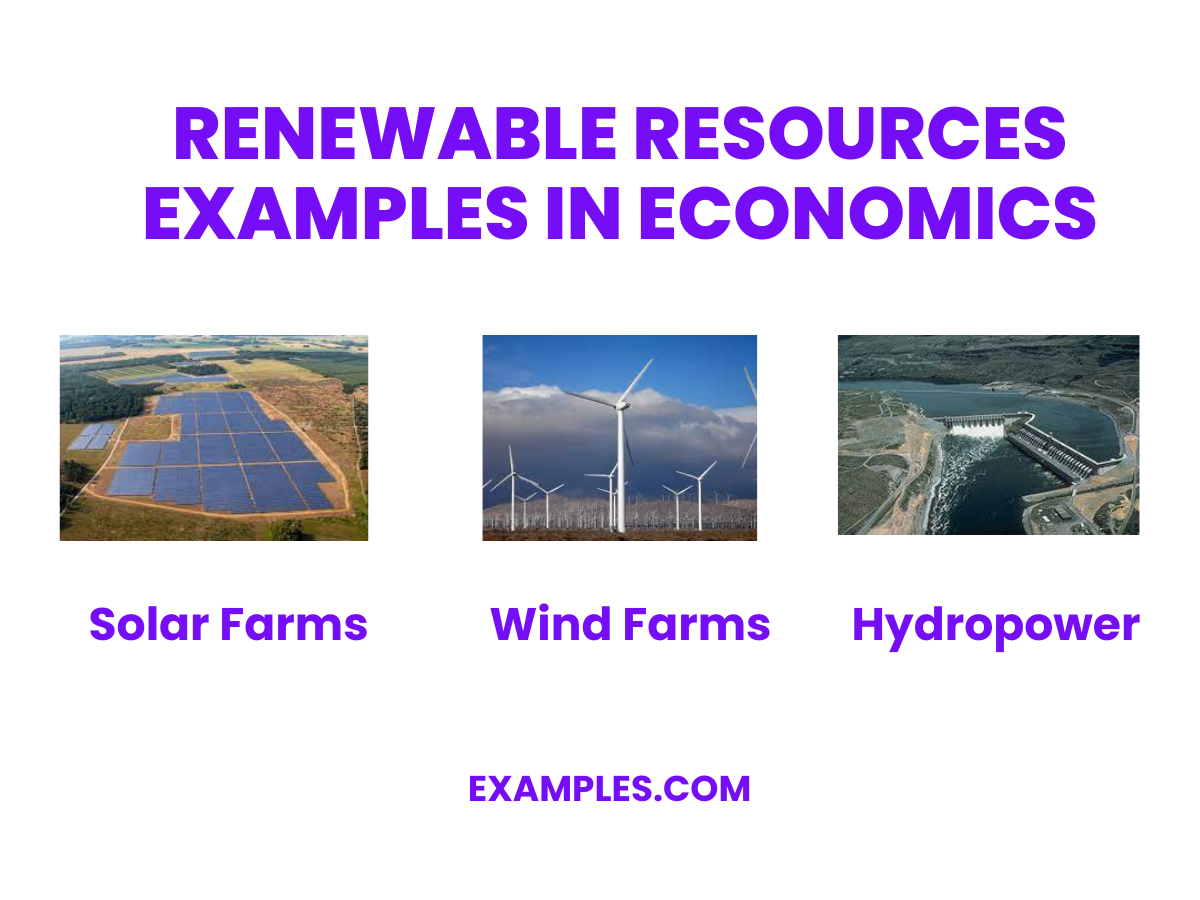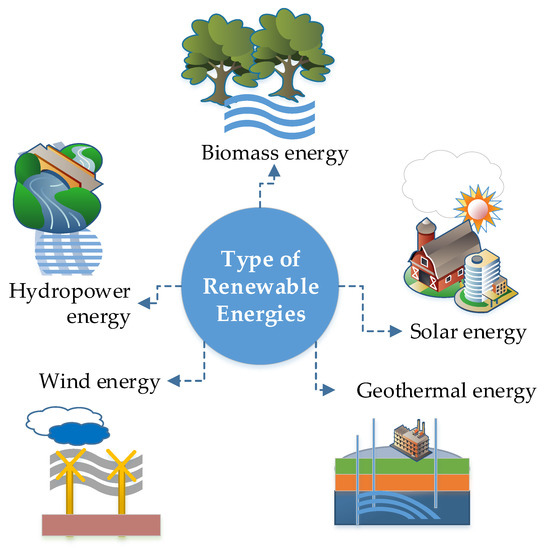Which Of The Following Could Be Considered A Renewable Resource

Imagine standing on a windswept hill, the blades of a giant turbine slicing through the air, harnessing the invisible power of the breeze. Or perhaps picture a vast field of shimmering solar panels, soaking up the sun's energy and converting it into clean electricity. These are just glimpses into the world of renewable resources, a realm of innovation and hope for a sustainable future. But what exactly qualifies as "renewable," and which resources truly hold the key to powering our lives without depleting the planet?
The question of "Which of the following could be considered a renewable resource?" is more than just a multiple-choice query. It's a pivotal question that shapes energy policy, drives technological advancement, and ultimately determines the future health of our environment. Understanding the nuances of renewable resources, their benefits, and their limitations, is crucial for informed decision-making at all levels, from individual consumers to global leaders.
Defining Renewable Resources
At its core, a renewable resource is one that is replenished naturally over a relatively short period of time. This distinguishes it from finite resources like fossil fuels, which take millions of years to form and are being consumed at a rate far exceeding their natural replenishment.
The Environmental Protection Agency (EPA) emphasizes that renewable resources are constantly renewed and available for continued use.
Sunlight, wind, water, and geothermal heat are prime examples, offering the potential for virtually inexhaustible energy supplies.
Solar Power: Harnessing the Sun's Energy
Solar energy, derived from the sun's radiant light and heat, is arguably the most abundant renewable resource on Earth. Photovoltaic (PV) cells convert sunlight directly into electricity, while solar thermal systems use sunlight to heat water or air.
According to the International Renewable Energy Agency (IRENA), solar power has experienced exponential growth in recent years, becoming increasingly cost-competitive with traditional energy sources.
Solar panels are becoming ubiquitous, adorning rooftops and sprawling across solar farms, signifying a shift towards decentralized energy generation.
Wind Energy: Capturing the Breeze
Wind energy harnesses the kinetic energy of moving air through wind turbines, converting it into electricity. Wind farms, consisting of multiple turbines, are strategically located in areas with consistent wind patterns.
Wind power is a clean and efficient energy source, producing no air or water pollution during operation.
The U.S. Energy Information Administration (EIA) reports that wind energy is one of the fastest-growing sources of electricity generation in the United States.
Hydropower: The Power of Water
Hydropower utilizes the energy of moving water to generate electricity. Dams are commonly used to create reservoirs, controlling the flow of water and directing it through turbines.
Hydropower is a mature and reliable renewable energy technology, providing a significant portion of the world's electricity.
However, large-scale hydropower projects can have environmental impacts, such as altering river ecosystems and displacing communities.
Geothermal Energy: Tapping into the Earth's Heat
Geothermal energy taps into the Earth's internal heat, which is a vast and virtually inexhaustible resource. Geothermal power plants use steam or hot water from underground reservoirs to drive turbines and generate electricity.
Geothermal energy can also be used directly for heating and cooling buildings, reducing reliance on fossil fuels.
Iceland, with its abundant geothermal resources, is a leader in geothermal energy utilization.
Biomass: Utilizing Organic Matter
Biomass refers to organic matter, such as wood, crops, and agricultural waste, that can be burned for energy or converted into biofuels. Bioenergy can be a renewable resource, but its sustainability depends on responsible forest management and agricultural practices.
Burning biomass can release greenhouse gases, but the carbon dioxide emissions can be offset by the carbon dioxide absorbed during the plant's growth.
Advanced biofuels, derived from algae or non-food crops, hold promise for reducing the environmental impact of biomass energy.
Distinguishing Renewable from Non-Renewable
The key distinction lies in the rate of replenishment. Fossil fuels, like coal, oil, and natural gas, are formed over millions of years, making them non-renewable on a human timescale.
Nuclear energy, while not a fossil fuel, relies on uranium, a finite resource, and therefore is not considered renewable.
Resources that are replenished at a rate comparable to or faster than their consumption are classified as renewable.
The Importance of Sustainable Practices
Even renewable resources are not inherently sustainable. Responsible management is crucial to ensure their long-term availability and minimize environmental impacts.
"Sustainable development is development that meets the needs of the present without compromising the ability of future generations to meet their own needs." - Brundtland Report
For example, unsustainable forestry practices can deplete biomass resources, while poorly planned hydropower projects can damage ecosystems.
The goal is to utilize renewable resources in a way that preserves their renewability and protects the environment.
Challenges and Opportunities
While renewable resources offer immense potential, they also face challenges. Intermittency, the fluctuating nature of solar and wind power, requires energy storage solutions and grid modernization.
High upfront costs can be a barrier to entry, although costs are decreasing rapidly.
However, the long-term benefits of renewable energy, including reduced pollution, energy security, and job creation, outweigh the challenges.
The Path Forward
Transitioning to a renewable energy future requires a multifaceted approach. Government policies, such as incentives and regulations, play a crucial role in accelerating the deployment of renewable energy technologies.
Technological innovation is essential for improving the efficiency and affordability of renewable energy.
Individual actions, such as choosing renewable energy providers and adopting energy-efficient practices, can also make a significant difference.
Conclusion
The answer to the question "Which of the following could be considered a renewable resource?" is not just a matter of identifying the correct options. It's about understanding the fundamental principles of sustainability and the crucial role that renewable resources play in creating a cleaner, healthier, and more equitable future.
As we continue to innovate and refine our approach to renewable energy, we can move closer to a world powered by the sun, wind, water, and the Earth's own heat, leaving behind the legacy of fossil fuels and embracing a future where energy is abundant, clean, and accessible to all.
The journey towards a renewable energy future is a shared responsibility, requiring collective action and a commitment to safeguarding the planet for generations to come.


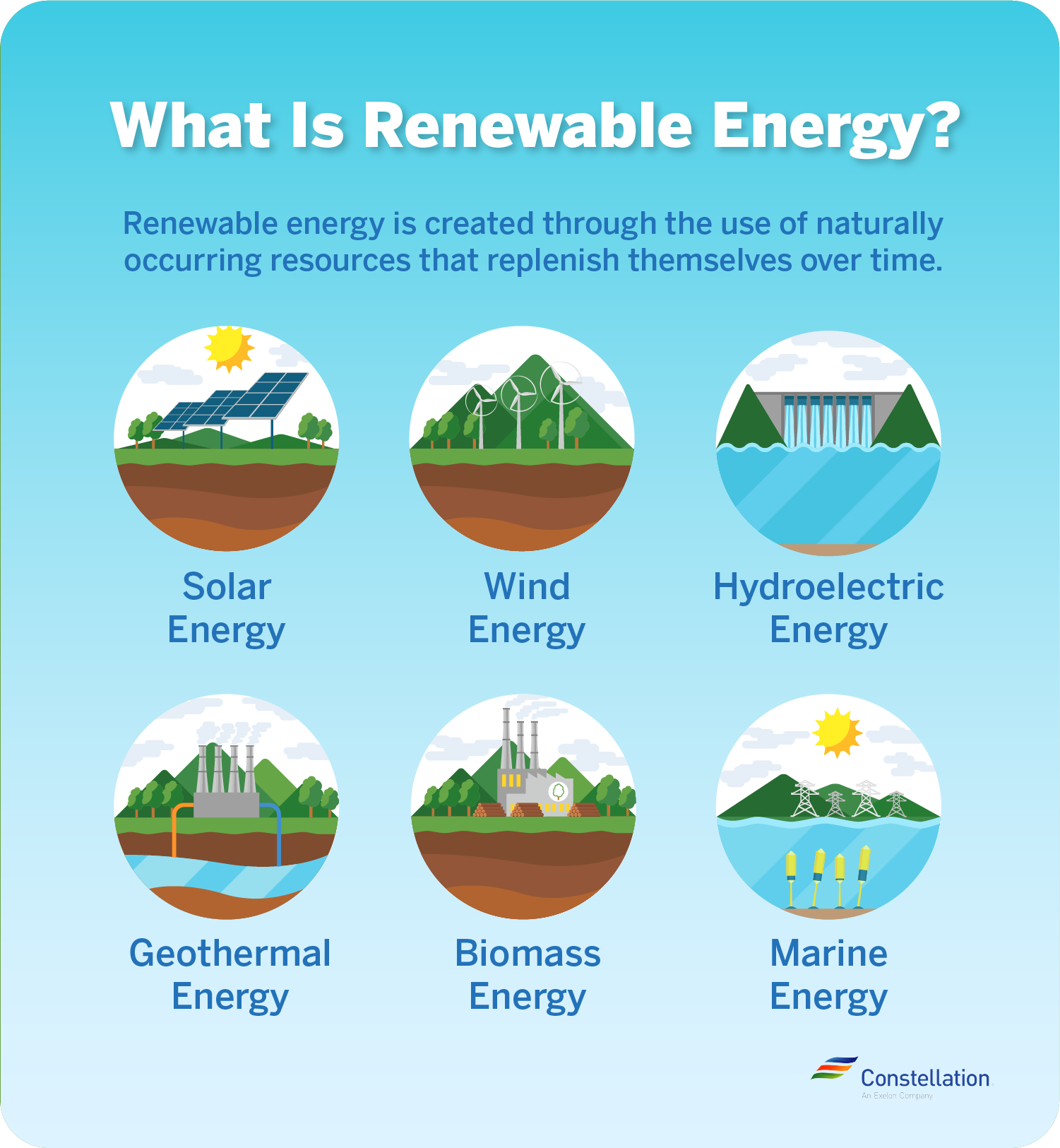
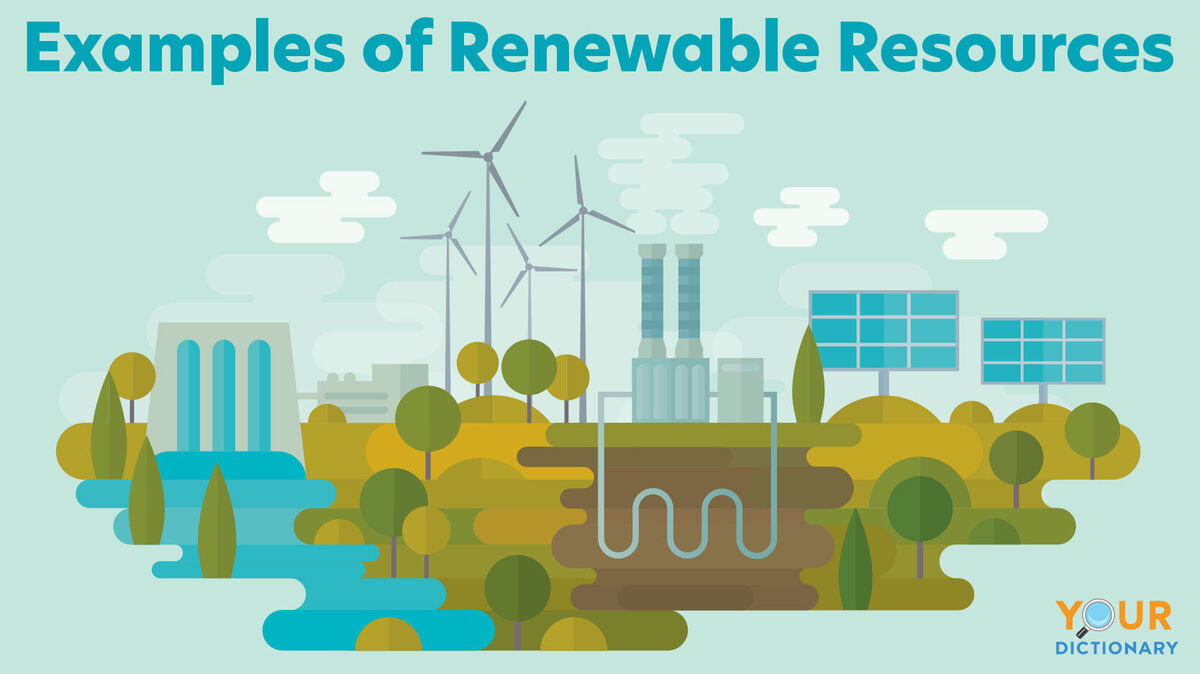
![Which Of The Following Could Be Considered A Renewable Resource Renewable energy resources. Adapted from Ref. [10]. | Download](https://www.researchgate.net/publication/353451270/figure/fig1/AS:1049691663908865@1627277403588/Renewable-energy-resources-Adapted-from-Ref-10.png)
